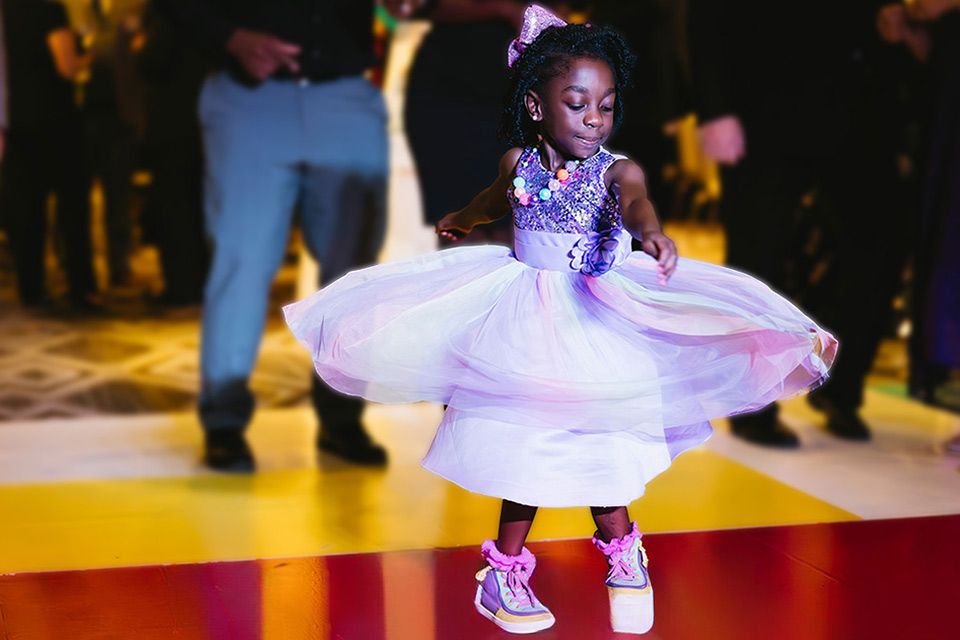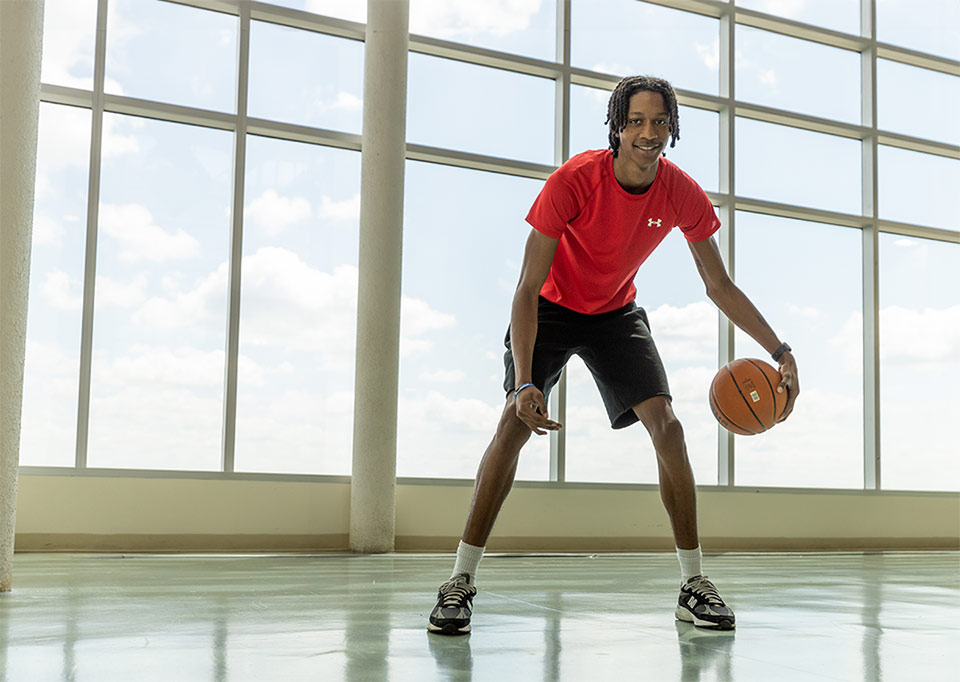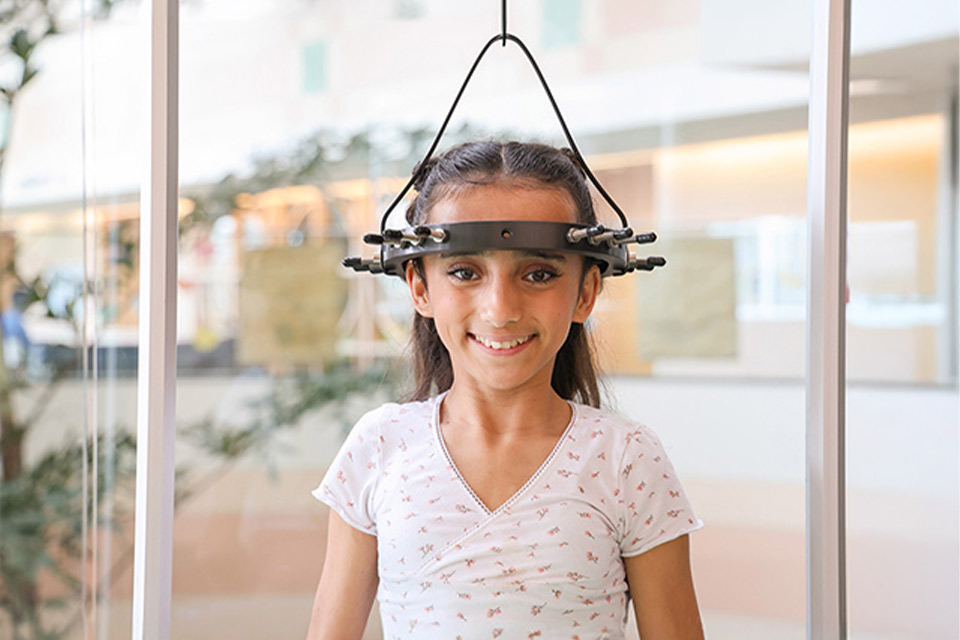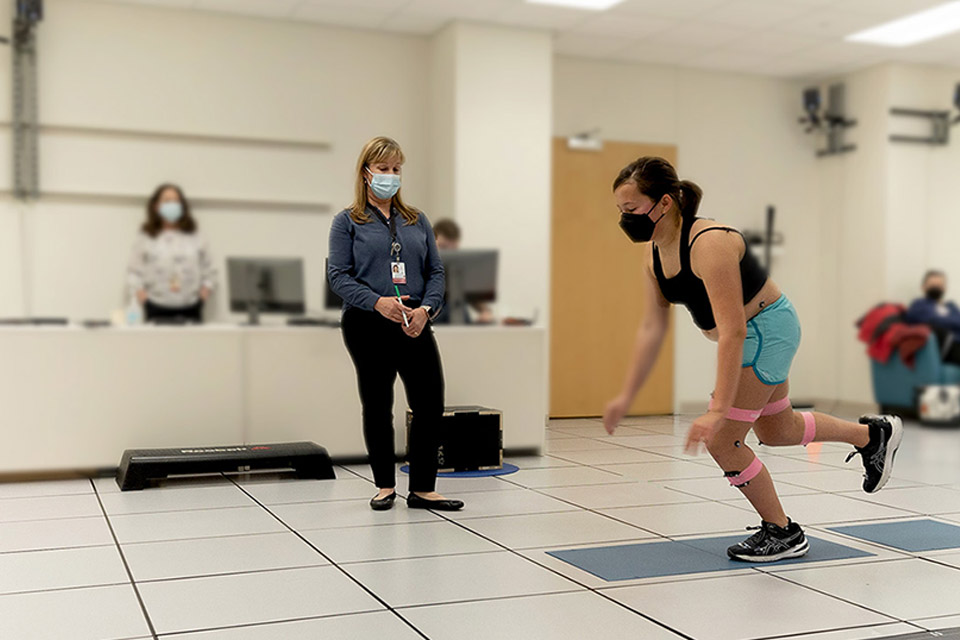Established: November 15, 1924
When the Shriners gathered for their national convention in 1920 in Portland, Oregon, they were searching for a way to give back and make a difference in the communities where they lived. As the Imperial Potentate made his way to Portland, he met Levi Hutton in Spokane, Washington. This gave him the inspiration to open and support a system of hospitals for children with orthopedic conditions. Two years later, on November 15, 1924, a Shriners Hospital opened in Spokane.
Spokane was the seventh Shriners Hospital. It started as a “mobile unit” hospital – a 20-bed ward of St. Luke’s Memorial Hospital.
The initial unit was known as “the biggest little Shriners Hospital” in the Shriners healthcare system because it served so many children. Patients came from Montana, Northern Idaho, Washington, Alaska, British Columbia and Alberta.
Location Highlights
- November 15, 1924: Opened.
- 1920s-1930s: Local residents saved and collected tin foil to raise money. The collected foil came mainly from the wrapping on cigarettes and cigars. The popularity of the drive spread from Spokane and became a nationwide phenomenon. The foil was shipped from Spokane to Chicago, where it was melted into tin-alloy bars. The last load, shipped to Chicago in 1933, filled an entire Northern Pacific train car with over 100,000 pounds of foil! The foil was worth 6 cents per pound. By 1933, the campaign had raised close to $1,500.
- 1939: Initially opening as a mobile unit, a new stand-alone, four-ward Spokane Shriners Hospital opens on Summit Boulevard for $85,000.
- In 1951, a new wing was added to the hospital adding 15 more beds, including an isolation room and a formula room connected to the area for babies. The hospital also was one of the few buildings with both heat and air conditioning.
- When opened as a mobile unit, the cost per patient per day was $3, though patients were never charged. By 1956, that cost would rise to $11.11 per day.
- 1964: The average stay of a patient in the hospital was 63 days.
- 1991: After 52 years at its previous location, a new, modern hospital was built high upon the hill, on the corner of Monroe Street and Fifth Avenue. This current building was built for $20 million, providing 100,000 square feet and the latest in medical technology.
- Notable guests: The Spokane Shriners Hospital welcomed several notable guests throughout its history including Vice President Charles Curtis, Lassie the dog, Red Skelton, the Harlem Globetrotters, and Mickey and Minnie Mouse.
specialty care provided at shriners children's spokane
View More Spokane Care OptionsWe Understand the Unique Medical Needs of Children
Keep In Touch
Join our mailing list to stay up to date on everything that's happening at Shriners Children's.






